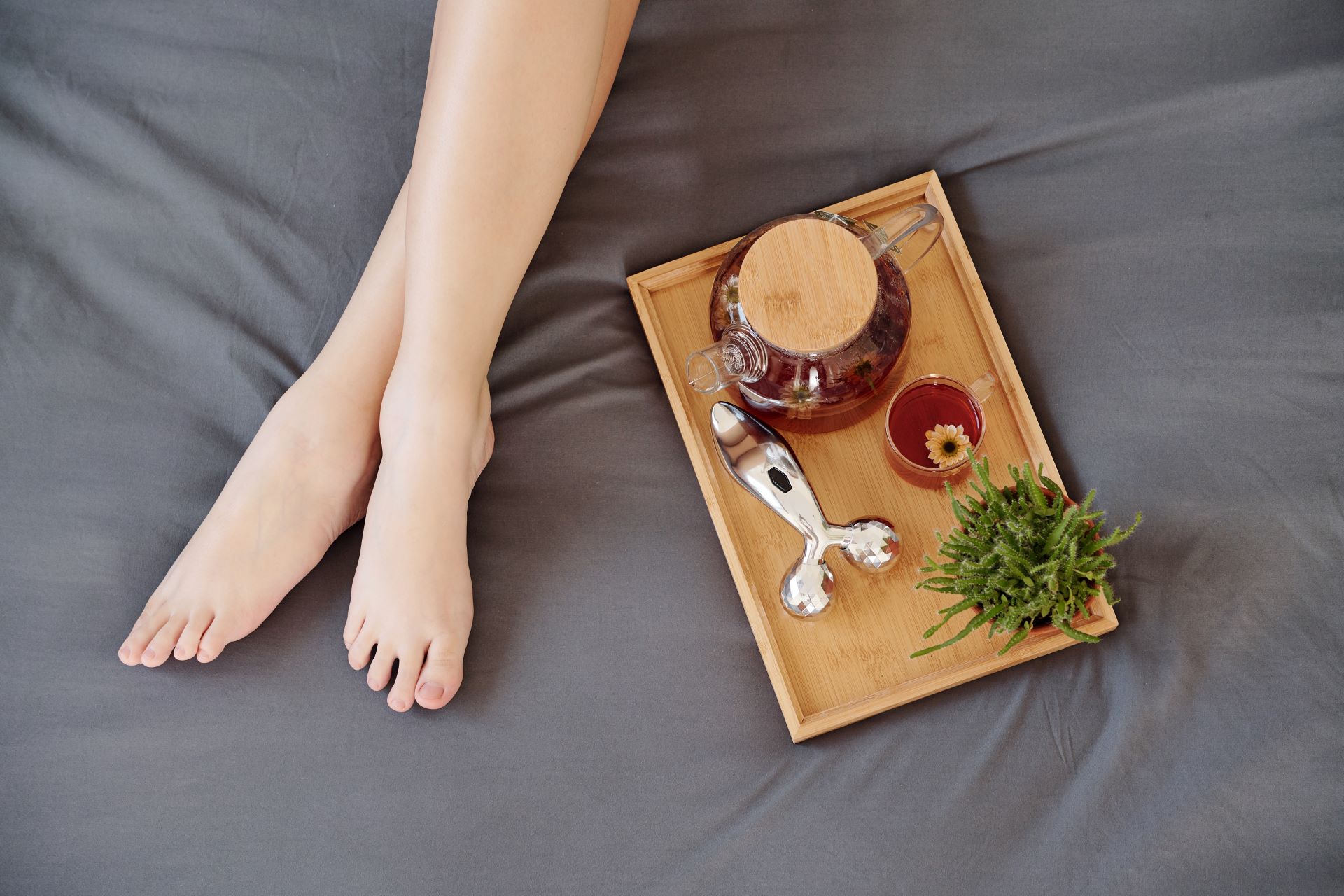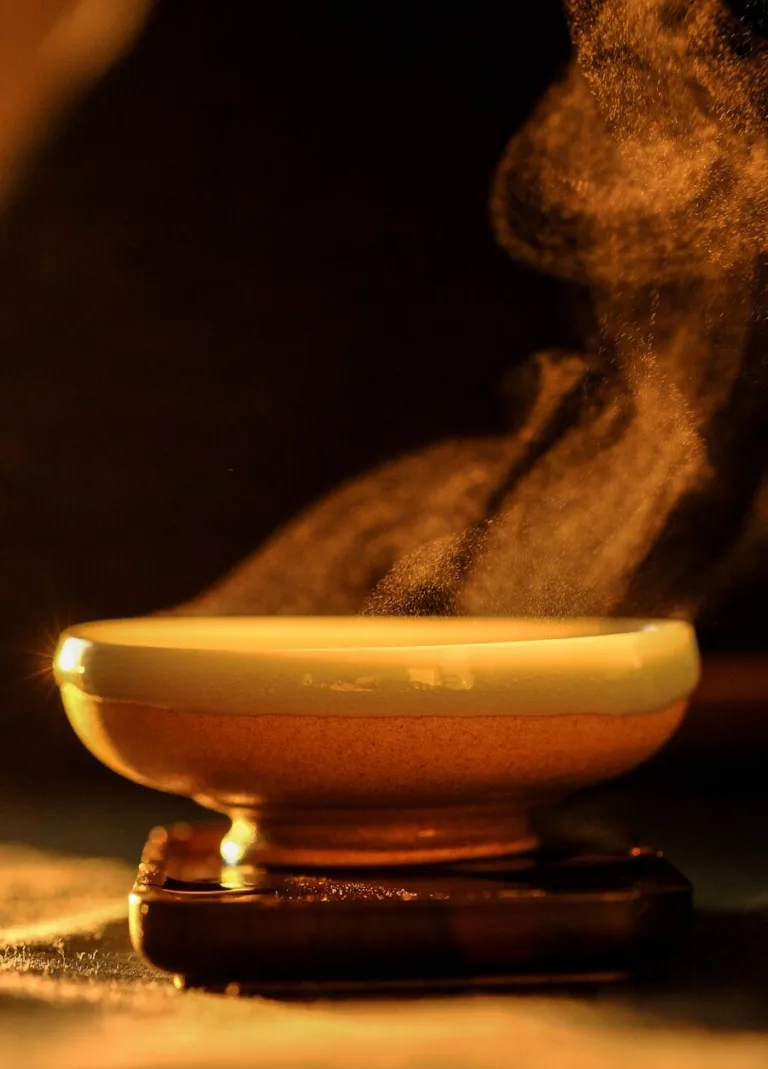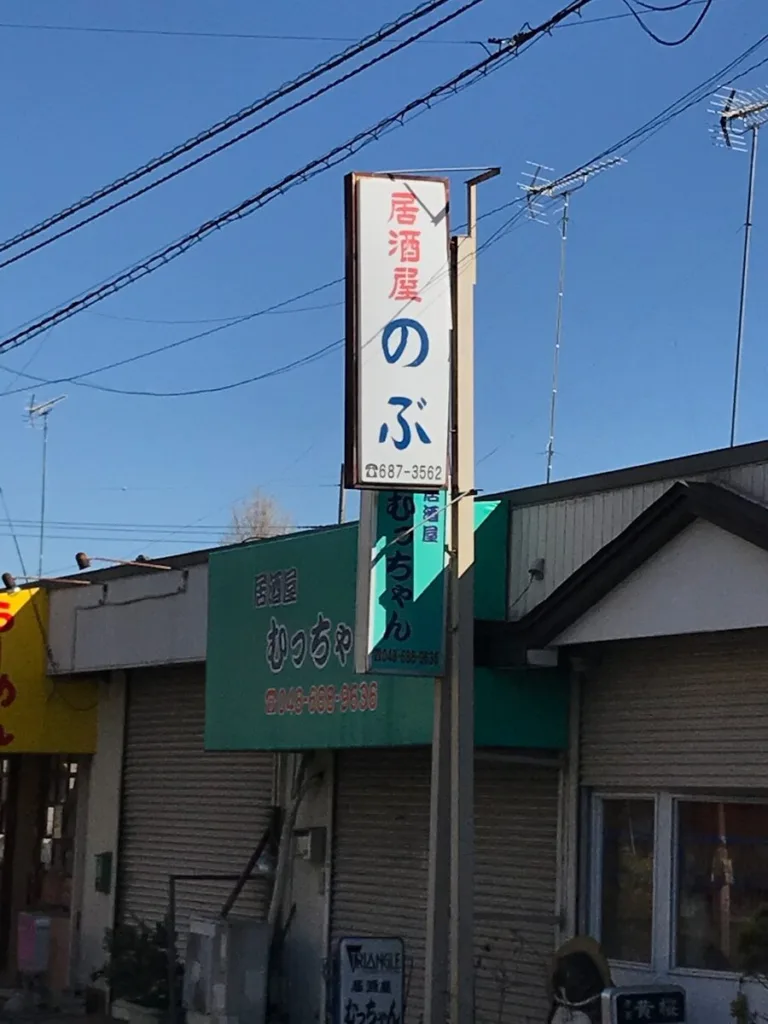Introduction
Foot reflexology is a complementary therapy with ancient origins that is believed to tap into the body’s natural ability to heal itself. This holistic method involves applying pressure to specific areas on the feet, which are connected to different organs and systems in the body. As more people become interested in alternative therapies, foot reflexology is becoming increasingly popular among those looking for relaxation and overall well-being.
Key highlights include:
- Ancient Origins: Foot reflexology draws from traditions in cultures such as Chinese tui na and Indian padabhyanga.
- Modern Appeal: Many individuals are exploring its potential benefits, from stress relief to enhanced sleep quality.
With more individuals discovering the calming effects of this therapy, foot reflexology offers an opportunity for rejuvenation and comfort, inviting you to explore its numerous benefits.
1. Understanding Foot Reflexology
Foot reflexology operates on the principle that specific pressure points on the feet correspond to different organs and systems in the body. This ancient therapy seeks to restore balance and promote overall wellness by stimulating these reflex areas.
Key Principles of Reflexology:
- Pressure Points: Each area of the foot is linked to specific body parts, allowing practitioners to target issues effectively.
- Energy Flow: Reflexology is believed to unblock energy pathways, facilitating better communication between the body and mind.
Connection to Meridian Points
In traditional Chinese medicine, meridian points are vital for maintaining health. These pathways channel qi (energy) throughout the body. Foot reflexology aligns with this concept by emphasizing how manipulating certain foot areas can influence corresponding meridians, thereby enhancing overall vitality.
Common Techniques in Reflexology Sessions:
- Thumb Walking: Using the thumb to apply alternating pressure along the length of the foot, this method allows for precise targeting of reflex points.
- Finger Rolling: A gentle rolling motion with fingers across specific areas helps in relaxing muscles and stimulating blood flow.
These techniques create a soothing experience while addressing various physical and emotional concerns, paving the way for deeper relaxation in subsequent sessions.
2. Stress Relief and Relaxation
Foot reflexology is a powerful tool for stress management and relaxation, helping individuals find deep peace. This ancient therapy works by stimulating specific pressure points on the feet, promoting a state of relaxation that can counteract the stresses of daily life.
How Foot Reflexology Relieves Stress
1. Endorphin Release
During a foot reflexology session, the gentle application of pressure encourages the body to release endorphins—natural chemicals known for their mood-lifting properties. This biochemical response helps alleviate feelings of anxiety and tension.
2. Improved Blood Circulation
Reflexology also enhances blood circulation throughout the body. Increased blood flow aids in delivering oxygen and nutrients to vital organs while flushing out toxins. As circulation improves, the body can relax more fully, contributing to an overall sense of well-being.
The soothing environment typically found in reflexology practices further enhances this relaxing experience. Soft lighting, calming music, and skilled touch create a haven where clients can unwind completely. Many individuals find that regular reflexology sessions help them manage stress levels more effectively, fostering a greater sense of calm in their lives.
3. Reducing Anxiety with Foot Reflexology
Foot reflexology has gained recognition for its potential to alleviate anxiety levels across diverse populations. Numerous studies have explored this connection, revealing promising results.
Evidence Supporting Anxiety Reduction
Here are some key findings from studies that support the effectiveness of foot reflexology in reducing anxiety:
- A randomized controlled trial involving patients undergoing surgery demonstrated significant anxiety reduction post-operation when foot reflexology was administered. Utilizing tools like the Visual Analogue Scale-Anxiety and the Spielberger State-Trait Anxiety Inventory, researchers found that participants experienced lower anxiety scores following reflexology sessions compared to control groups.
- Another study focused on individuals with chronic health conditions highlighted how regular foot reflexology sessions contributed to noticeable decreases in reported anxiety levels. Participants noted a sense of calm and emotional relief, reinforcing the efficacy of this therapy as a complementary approach to traditional mental health treatments.
How Foot Reflexology Works
The gentle pressure applied during reflexology stimulates specific points on the feet that correspond to areas of tension in the body. This interaction fosters relaxation and aids in reducing anxious feelings. As clients engage in these soothing sessions, they often report enhanced emotional well-being, showcasing the therapeutic power of touch in managing anxiety.
4. Improved Sleep Quality
Foot reflexology has gained popularity for its potential to promote better sleep quality. Both research and personal accounts suggest a strong link between reflexology sessions and improved sleep patterns, especially for those dealing with insomnia.
How Foot Reflexology May Help Sleep
Here are a couple of ways foot reflexology might contribute to better sleep:
- Relaxation Response: The calming effects of foot reflexology can significantly contribute to enhanced relaxation. During a session, specific pressure points are targeted, which may induce a state of tranquility and ease tension throughout the body.
- Nervous System Calming: As pressure is applied to the feet, the body’s nervous system enters a relaxed state. This response can lead to a decrease in cortisol levels, the stress hormone that often disrupts sleep.
Observations from Practitioners
Practitioners have noticed that clients often report experiencing deeper, more restorative sleep after receiving reflexology treatments. While individual experiences may differ, many people find that regular reflexology sessions help them establish a more consistent sleep routine.
The inclusion of foot reflexology into one’s wellness practices may serve as an additional method for addressing sleep difficulties, providing not only insomnia relief but also improving overall well-being.
5. Enhanced Digestion
Foot reflexology offers a unique approach to digestion improvement by targeting specific pressure points on the feet that correspond to various organs involved in gastrointestinal health. According to reflexology theory, different areas of the foot reflect the health of internal organs, creating a comprehensive map for practitioners.
Key pressure points include:
- The Solar Plexus: Located in the middle of the foot, this area is believed to influence overall digestive function.
- The Stomach and Intestines: Specific zones along the arch of the foot correlate with these organs, helping to stimulate proper digestive processes.
- The Liver and Gallbladder: Points near the heel may assist in detoxifying and supporting lipid metabolism.
By applying gentle pressure to these targeted areas, foot reflexology may alleviate common digestive issues such as:
- Bloating: The release of tension can lead to reduced abdominal discomfort.
- Constipation: Stimulating relevant pressure points encourages bowel movement and regularity.
Practitioners often integrate techniques like thumb walking or finger rolling during sessions, enhancing the overall experience. This tailored focus on digestion not only promotes comfort but also nurtures a sense of well-being that resonates throughout the body.
6. Pain Management Support Through Foot Reflexology Therapy
Foot reflexology is an important part of pain management strategies. It works by applying pressure to specific points on the feet, which can:
- Enhance relaxation: Reducing muscle tension and promoting a sense of calm.
- Stimulate endorphin release: Supporting the body’s natural pain relief mechanisms.
- Complement other treatments: Working alongside acupressure or physical therapy for better results.
Many practitioners have found that adding foot reflexology to their treatment plans gives patients a more complete way to manage chronic pain, creating a healing and healthy environment.
7. Supporting Post-Surgery Recovery Patients: How Foot Reflexology Therapy Can Help After CABG Surgery
Foot reflexology can be a valuable addition to the care plans of patients recovering from coronary artery bypass graft (CABG) surgery. This therapy involves applying gentle pressure to specific points on the feet, which can stimulate healing and support the body’s natural recovery processes.
Potential Benefits Include:
- Reduced Pain: Reflexology may help alleviate post-operative discomfort, enhancing overall comfort levels.
- Improved Circulation: Enhanced blood flow promotes quicker healing and reduces swelling.
- Emotional Support: The soothing nature of reflexology can help ease anxiety, providing emotional well-being during recovery.
By incorporating foot reflexology into their treatment approach, healthcare providers can offer a more holistic and supportive recovery experience for their patients.
8. Emotional Release and Well-being: The Therapeutic Power of Touch in Foot Reflexology Sessions
Foot reflexology offers profound emotional release, creating a safe space for clients to explore their feelings. This gentle therapy can evoke a variety of emotions, often leading to cathartic experiences during sessions.
Key aspects include:
- Touch as a Healing Tool: The act of receiving touch promotes feelings of safety and trust, enhancing emotional well-being.
- Releasing Stored Emotions: Specific pressure points on the feet may correspond with emotional blockages, facilitating the release of pent-up feelings.
- Enhanced Mind-Body Connection: Reflexology encourages mindfulness and body awareness, allowing individuals to reconnect with their emotions.
Clients frequently report a sense of lightness and clarity following a session, highlighting the connection between therapeutic touch and emotional wellness.
9. Potential Risks and Considerations When Practicing Foot Reflexology Therapy
While foot reflexology offers numerous benefits, it is essential to consider potential risks and precautions when practicing or receiving this therapy. Some contraindications include:
- Pregnancy: Reflexology may stimulate contractions, so caution is advised.
- Foot injuries: Recent fractures or severe injuries may require medical attention before undergoing treatment.
- Circulatory issues: Conditions like deep vein thrombosis or severe neuropathy necessitate careful evaluation.
- Infections: Open wounds or untreated infections on the feet can pose risks during a session.
Consulting with a qualified practitioner ensures a safe and effective experience, allowing you to enjoy the full range of foot reflexology’s benefits.
Conclusion: Embracing The Surprising Benefits Of Foot Reflexiology For Holistic Health And Well-Being
Embracing the surprising benefits of foot reflexiology for holistic health and well-being opens the door to a range of therapeutic experiences. Regular practice or treatment with qualified practitioners can lead to:
- Enhanced relaxation: Alleviating stress and anxiety.
- Improved sleep quality: Encouraging restorative rest.
- Better digestion: Supporting digestive health.
The gentle touch and skilled techniques involved in foot reflexology not only address physical ailments but also foster emotional healing. Clients often report a sense of rejuvenation, both physically and mentally. This non-invasive therapy serves as a valuable complement to traditional medical treatments, promoting an integrative approach to wellness.
Exploring foot reflexiology enriches the journey toward comprehensive health, inviting individuals to experience its soothing effects firsthand. Consider scheduling a session today and discover how this ancient practice can contribute to your overall well-being.
Browse Our Services & Book Now for a Relaxing Experience
Explore our treatments designed to soothe and rejuvenate. Book your appointment today and let us pamper you!






